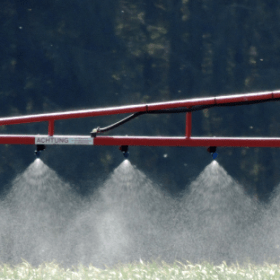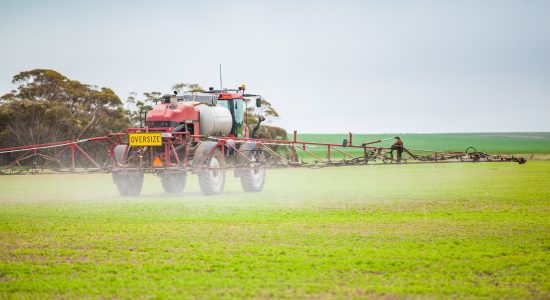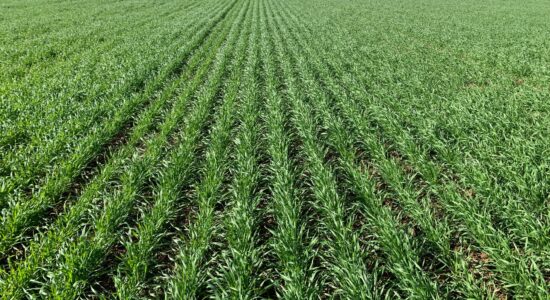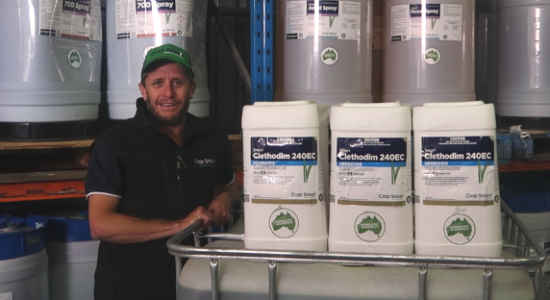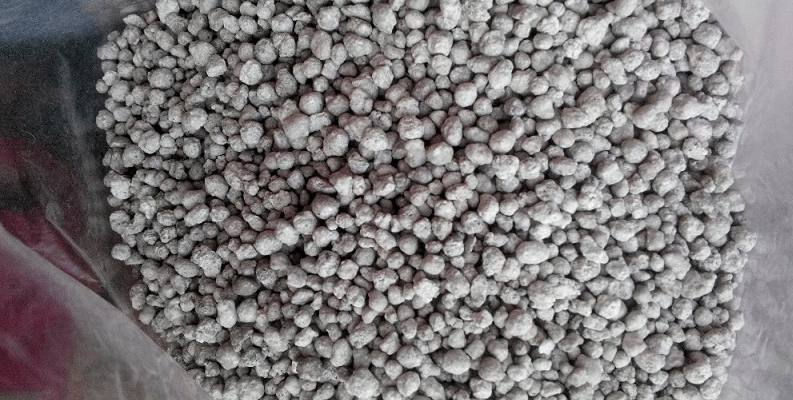
Be Mindful of Fertiliser Toxicity at Seeding
Fertiliser toxicity
The safety level of different fertilisers varies between crops, soil types, and soil moisture levels when the crop is germinating. However, the risk of fertiliser toxicity increases when soil moisture levels are low and with wider row spacings when seeding, as more fertiliser is concentrated with the seed.
The adverse effects of fertiliser toxicity can occur in two ways. Firstly there is the osmotic effect; this is due to the fertiliser being classed as a salt. If the salt level is too high near the seed, a desiccation or ‘burn’ effect can occur. Fertilisers vary in their salt index, and this information is easy to find. The second way is the potential of some fertilisers to release ammonia and cause ammonia toxicity in the seed. This happens when ammonium phosphate fertilisers, UAN or Urea is placed in the furrow. The toxicity can occur when the fert is not quickly diluted by soil moisture/rain, so soil moisture levels can play a large part.
Fertiliser toxicity symptoms
On a paddock scale may show as bare areas or poor plant growth which is more common in sandy soils or specific plant rows. Individually plants may fail to emerge, have delayed emergence, or early stunting of growth. Cereals may have the death of older leaves but recover, while the canola’s tap root can be stunted, reducing its capacity to use deep subsoil water. Monitoring the seedbed utilisation of your seeding equipment (seed/fertiliser row width divided by row spacing) can help quick calculations for crop safety of fertiliser placed with the seed. Cereals and canola are the most likely to be affected. The tables below give an approximate guide to what safe levels are:


Table 2 & 3 from Fertiliser Toxicity Fact Sheet – GRDC https://grdc.com.au/resources-and-publications/all-publications/factsheets/2011/05/fertiliser-toxicity
There are different ways to improve crop safety from fertiliser toxicity besides not going over safe rates. These options include increasing SBU through either using a splitter/ribbon seeding boot or decreasing row spacing or side/deep banding fertiliser away from the seed to avoid contact. A good rain after sowing also helps as this dilutes fertiliser (salt) and dissolves ammonia, reducing concentrations around the seed.
If you have any questions about fert applications leading into sowing, please give your local Crop Smart agronomist or your farm advisor a call.
The Smart Agro

